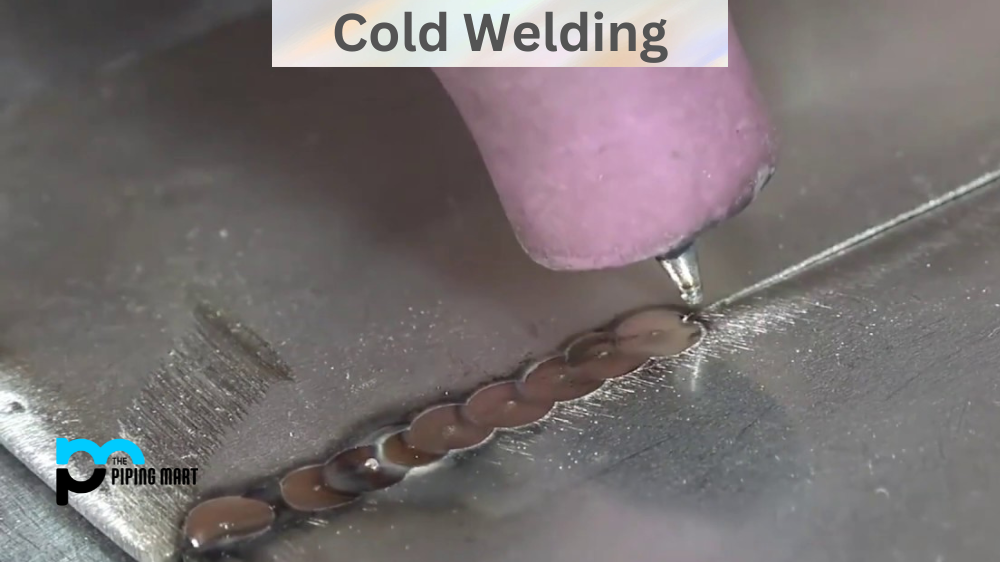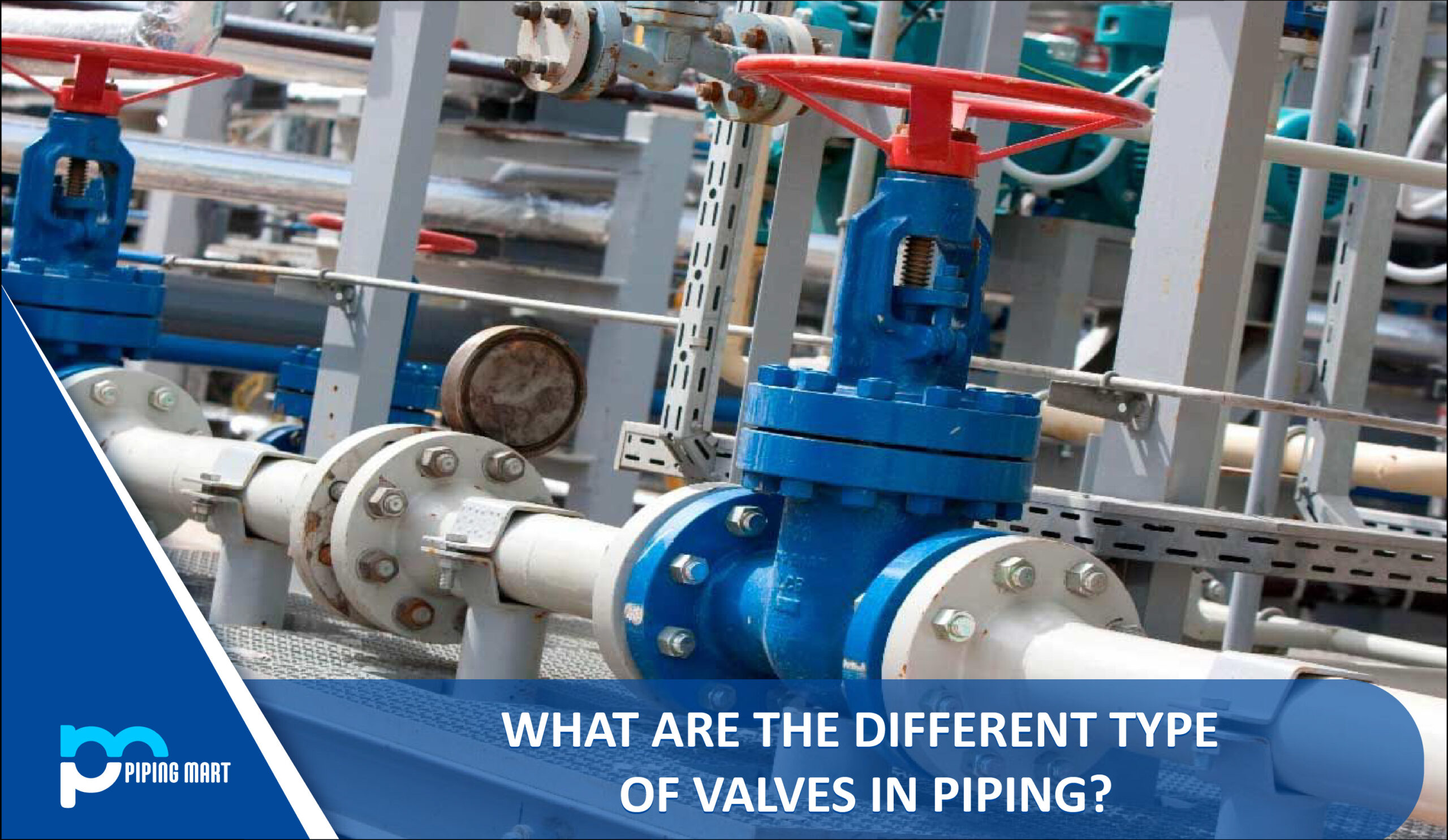Cold welding is a unique process that involves joining two metals together at room temperature without the use of an external heat source or flux. It’s a great way to connect two different materials with no gap between them, and it can be used for many different applications. Let’s take a closer look at cold welding and how it works.
What is Cold Welding?
Cold welding is a powerful technique used in the world of manufacturing. It is one of the many processes used to join materials together, such as metals and plastics. Unlike more traditional welding methods that rely on heat, cold welding relies on pressure alone to bond two surfaces together. The pressure applied is usually done through an electric spark or a hammering tool that can create up to millions of pounds per square inch (psi). This hefty amount of force causes the atoms and molecules within the different material surfaces to link together, creating a strong chemical and physical bond between them. Cold welding has revolutionized many facets of manufacturing, including aerospace engineering where it is frequently used to fabricate airframes.
Cold Welding Process
The process of cold welding requires two pieces of metal that are extremely clean and free from any surface contaminants. The surfaces must also be perfectly flat, smooth, and free from any defects such as pitting or wear marks. When these conditions are met, the molecules of the two pieces come into contact and form an atomic bond due to the attraction between the atoms in each piece of metal. This bond is strong enough to create a permanent connection between the two metals that can withstand high levels of stress and vibration.
- Cold welding is a process that is used to join two pieces of metal together without the use of heat or chemicals.
- The process of cold welding can be done by using a variety of methods, including ultrasonic welding, friction welding, and explosive welding.
- Cold welding is often used in the aerospace and automotive industries, as it can create strong joints that are resistant to vibration and thermal cycling.
- One of the benefits of cold welding is that it does not require the use of heat, which can damage sensitive materials or cause warping and distortion.
- Additionally, cold welding can be used to join dissimilar materials, which is not possible with traditional welding methods.
Advantages of Cold Welding
The biggest advantage of cold welding over traditional methods such as soldering or brazing is that it doesn’t require any additional materials or equipment to join two pieces together. This means that it can be done quickly and easily without spending extra time or money on tools or materials. Additionally, cold welding eliminates the need for additional heat sources, which can cause damage to sensitive components nearby.
Cold welding also offers superior strength compared to traditional methods because there are no gaps between the two pieces being joined together. This means that they will be able to handle higher levels of stress without breaking apart or coming loose over time. Finally, cold welding is more environmentally friendly than other methods since it doesn’t involve using toxic chemicals as soldering does.
Limitations of Cold Welding
Obtaining perfect welding is very difficult for several reasons, like oxide layer formation upon the metal’s outer surface. Additionally, the outer atmosphere, rough surface finish, and surface contamination. Also, cold welding requires two surfaces with clean and free of contaminants. Also, cold welding is possible on the limited type of metals only. Cold welding is mostly suitable for non-ferrous soft metallic material. Additionally, copper and aluminium are metals that require cold welding. Cold welding is not possible on metals containing carbon.
Is it possible to join two metals without heat?
Yes, it is possible through cold welding. Heat is the fundamental element of the welding process. It is useful in making the segments of plastic and allows the diffusion of the atom together. Cold welding is suitable for fusing two metals or with different materials. When the material becomes flexible, the welding starts working in the diffusion of the atoms present in that metal. The cold welding process uses the energy produced from free ions and electrons. Hence, this is how welding is possible without taking the help of heat energy. The process of cold welding is also known as contact welding or cold pressure welding. Here, cold pressure welding uses pressure application to combine and diffuse the materials together at the atomic level.
Cold welding is scientifically proven and known as solid-state diffusion. When one applies pressure on two material simultaneously, then it is not possible to weld these materials. The reason is that an oxide layer or some other thin barrier present on the surface interferes with the welding process. In such cases, cold welding works well as it prepares the metal before proceeding for welding. In the preparation phase, the cleaning of the metal is essential to remove the outer oxide layer. To remove the oxide layer, one can go for the de-greasing method and then perform wire brushing. After making the metal surface clean, one can press both metal surfaces together with optimum force. The amount of force required to depend upon the material grade. But cold-welding procedure requires one ductile material and robust to the hardening procedure.
Conclusion:
Cold welding is an innovative process that offers many advantages over traditional methods, such as soldering or brazing, in terms of speed, cost-effectiveness, strength, and environmental friendliness. If you’re looking for a reliable way to join two different metals together quickly and easily with no gap in between them, then cold welding may be just what you need! Whether you’re working on a construction project or doing repairs around your home, this unique process could make your job much easier and faster than before!

Abhishek is a seasoned blogger and industry expert, sharing his insights and knowledge on various topics. With his research, Abhishek offers valuable insights and tips for professionals and enthusiasts. Follow him for expert advice on the latest trends and developments in the metal industry.




